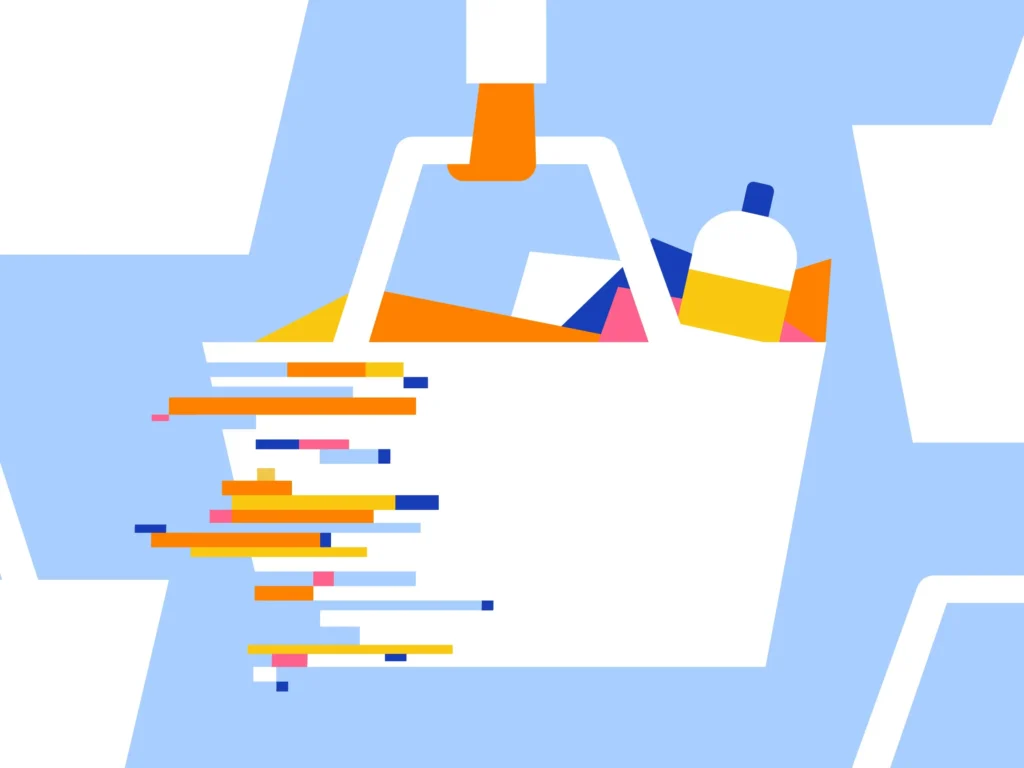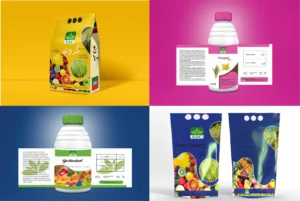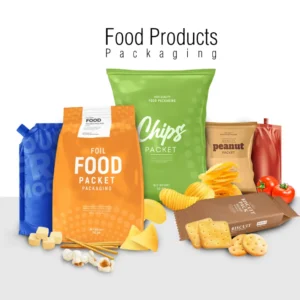In the agricultural sector, packaging for agrochemical products plays a...
Read MoreDecoding Shopper Insights: Exploring Consumer Behavior Through Packaging

In the dynamic world of retail, understanding consumer behavior is essential for brands seeking to capture market share and drive sales. Packaging plays a crucial role in shaping consumer perceptions, preferences, and purchasing decisions, serving as a silent salesperson that communicates brand values, product features, and quality attributes. In this comprehensive guide, we’ll delve into the fascinating realm of consumer behavior as it relates to packaging, exploring the psychological drivers, emotional triggers, and cognitive processes that influence shoppers’ interactions with packaging from the shelf to the cart.
The Power of Visual Appeal:
Humans are visual creatures, and the visual impact of packaging plays a significant role in attracting attention and influencing purchase decisions. Research has shown that consumers form initial impressions of products within milliseconds, with packaging design playing a crucial role in shaping those impressions. Eye-catching graphics, vibrant colors, and appealing imagery can capture the shopper’s attention and draw them closer to the product, increasing the likelihood of purchase.
Advances in printing technology and packaging design have opened up new possibilities for brands to create visually stunning packaging that stands out on crowded store shelves. Whether it’s bold typography, striking illustrations, or innovative structural design, packaging that excites the senses and stimulates curiosity can drive engagement and encourage impulse purchases.
The Role of Packaging in Brand Identity:
Packaging serves as a tangible representation of a brand’s identity, values, and personality. In today’s competitive marketplace, where consumers are bombarded with choices, packaging design plays a crucial role in differentiating brands and building brand loyalty. Consistent branding elements such as logos, colors, and messaging help reinforce brand identity and create a sense of familiarity and trust among consumers.
Moreover, packaging design can evoke emotions and elicit positive associations with the brand. For example, eco-friendly packaging communicates a brand’s commitment to sustainability and environmental responsibility, appealing to environmentally conscious consumers. Similarly, premium packaging with luxurious finishes and embellishments conveys a sense of quality and exclusivity, attracting discerning shoppers willing to pay a premium for perceived value.
Functional Design and User Experience:
While visual appeal is essential, packaging must also deliver a seamless user experience that meets the needs and expectations of consumers. Functional design elements such as easy-to-open seals, ergonomic handles, and resealable closures enhance convenience and usability, improving the overall user experience.
Moreover, packaging that provides clear, concise information about the product’s features, benefits, and usage instructions helps consumers make informed purchasing decisions. Whether it’s nutritional information, ingredient lists, or usage tips, transparent and informative packaging builds trust and confidence in the brand.
Innovations in packaging technology, such as interactive packaging and smart packaging solutions, offer opportunities for brands to enhance user engagement and provide added value to consumers. QR codes, augmented reality experiences, and near-field communication (NFC) tags allow consumers to access additional product information, promotional offers, and interactive content directly from the packaging, enriching the shopping experience and fostering brand loyalty.
Emotional Triggers and Subconscious Influences:
Consumer purchasing decisions are often driven by emotions and subconscious influences that operate below the surface of conscious awareness. Packaging design can tap into these emotional triggers and subconscious cues to evoke specific feelings and associations with the product and brand.
For example, packaging that features nostalgic imagery or evocative storytelling can trigger feelings of nostalgia and warmth, creating a sense of connection with the brand. Similarly, packaging that conveys a sense of excitement, adventure, or luxury can elicit aspirational feelings and desires, motivating consumers to make a purchase.
Color psychology plays a crucial role in influencing consumer perceptions and emotions. Different colors evoke different psychological responses, with red signaling excitement and urgency, blue conveying trust and reliability, and green representing health and sustainability. By strategically using color in packaging design, brands can evoke the desired emotional responses and reinforce brand messaging.
The Influence of Social and Environmental Factors
In today’s interconnected world, social and environmental factors play an increasingly significant role in shaping consumer behavior and purchasing decisions. Consumers are becoming more socially conscious and environmentally aware, seeking out brands that align with their values and support causes they care about.
Packaging design can reflect a brand’s commitment to social and environmental responsibility, communicating values such as sustainability, ethical sourcing, and corporate social responsibility. Eco-friendly packaging materials, recyclable packaging, and minimalist designs that minimize waste appeal to environmentally conscious consumers who prioritize sustainability.
Moreover, packaging that tells a compelling brand story and engages consumers on a deeper level can foster a sense of community and belonging. Brands that leverage storytelling, user-generated content, and social media integration on their packaging create opportunities for consumers to connect with the brand and share their experiences with others, amplifying brand awareness and loyalty.
Conclusion:
From the shelf to the cart, packaging plays a multifaceted role in shaping consumer behavior and influencing purchasing decisions. By understanding the psychological drivers, emotional triggers, and cognitive processes that underlie consumer interactions with packaging, brands can create packaging designs that captivate attention, communicate brand values, and enhance the overall shopping experience.
Visual appeal, brand identity, functional design, emotional triggers, and social and environmental factors all play a crucial role in shaping consumer perceptions and preferences. By strategically leveraging these elements in packaging design, brands can create packaging that resonates with consumers, drives engagement, and ultimately leads to increased sales and brand loyalty. In an increasingly competitive marketplace, packaging design is a powerful tool for brands to stand out, make a lasting impression, and build meaningful connections with consumers.
Tailored Solutions: Packaging Innovations for the Frozen Food Industry
In the fast-paced world of frozen food, packaging plays a...
Read MoreTailored Solutions: Packaging Innovations for Food Products
Packaging plays a pivotal role in the food industry, serving...
Read More

